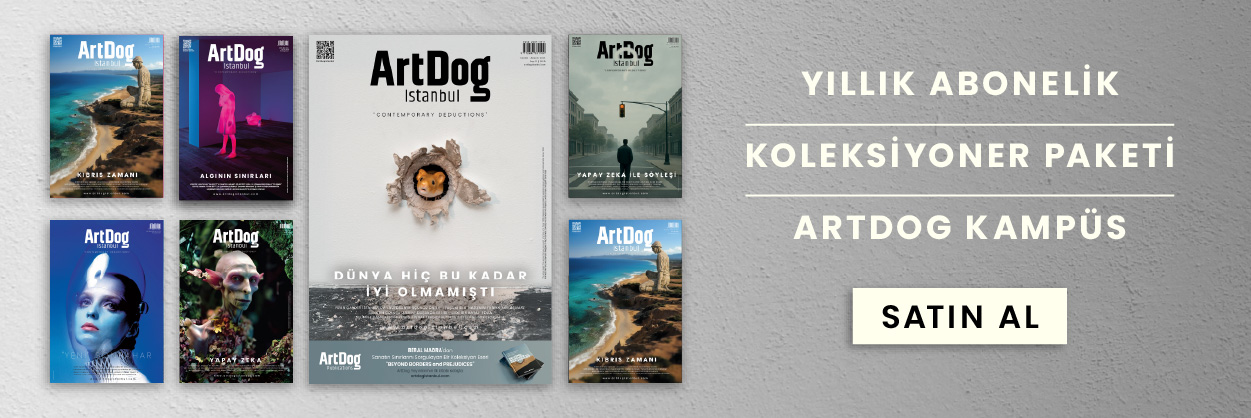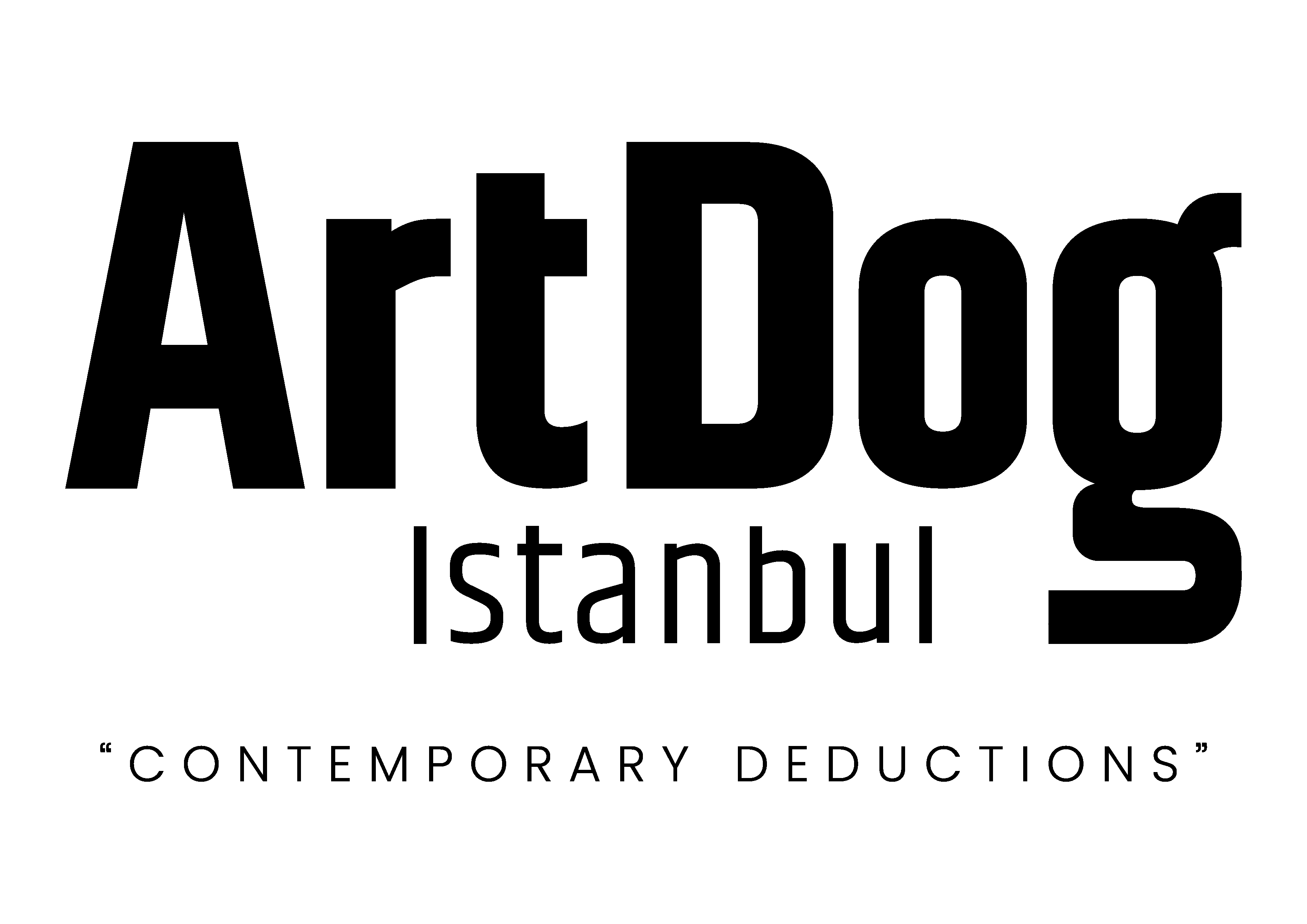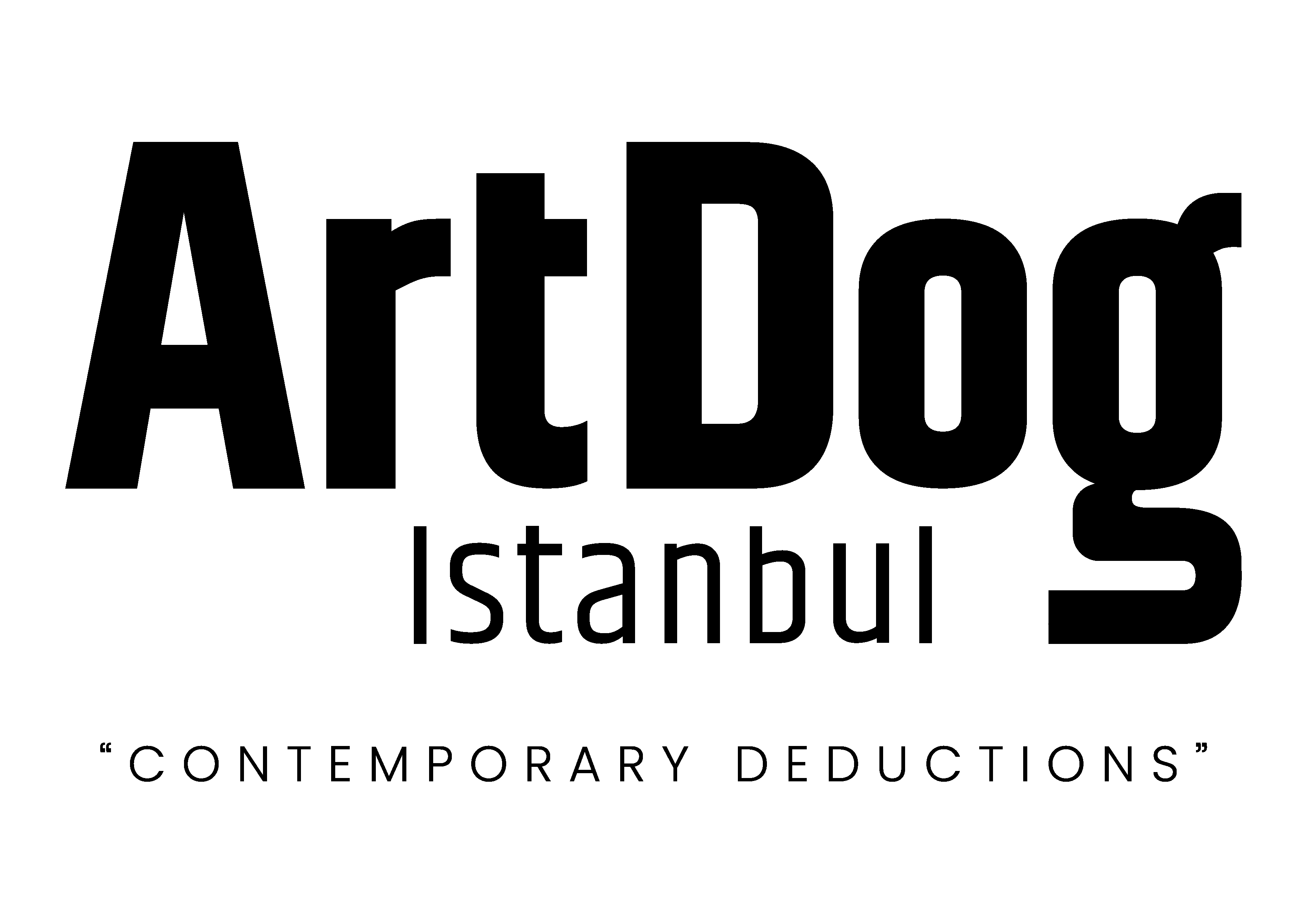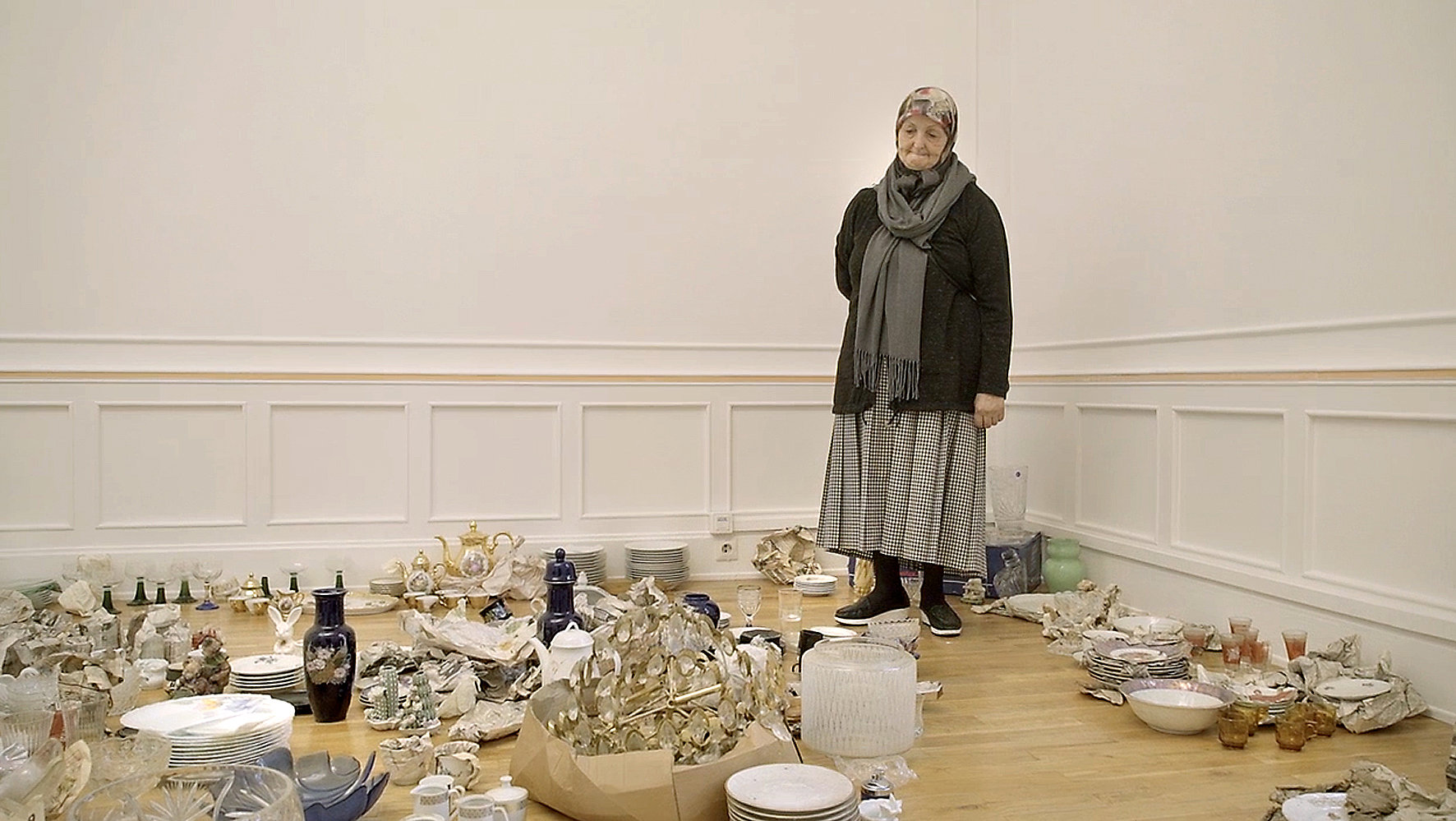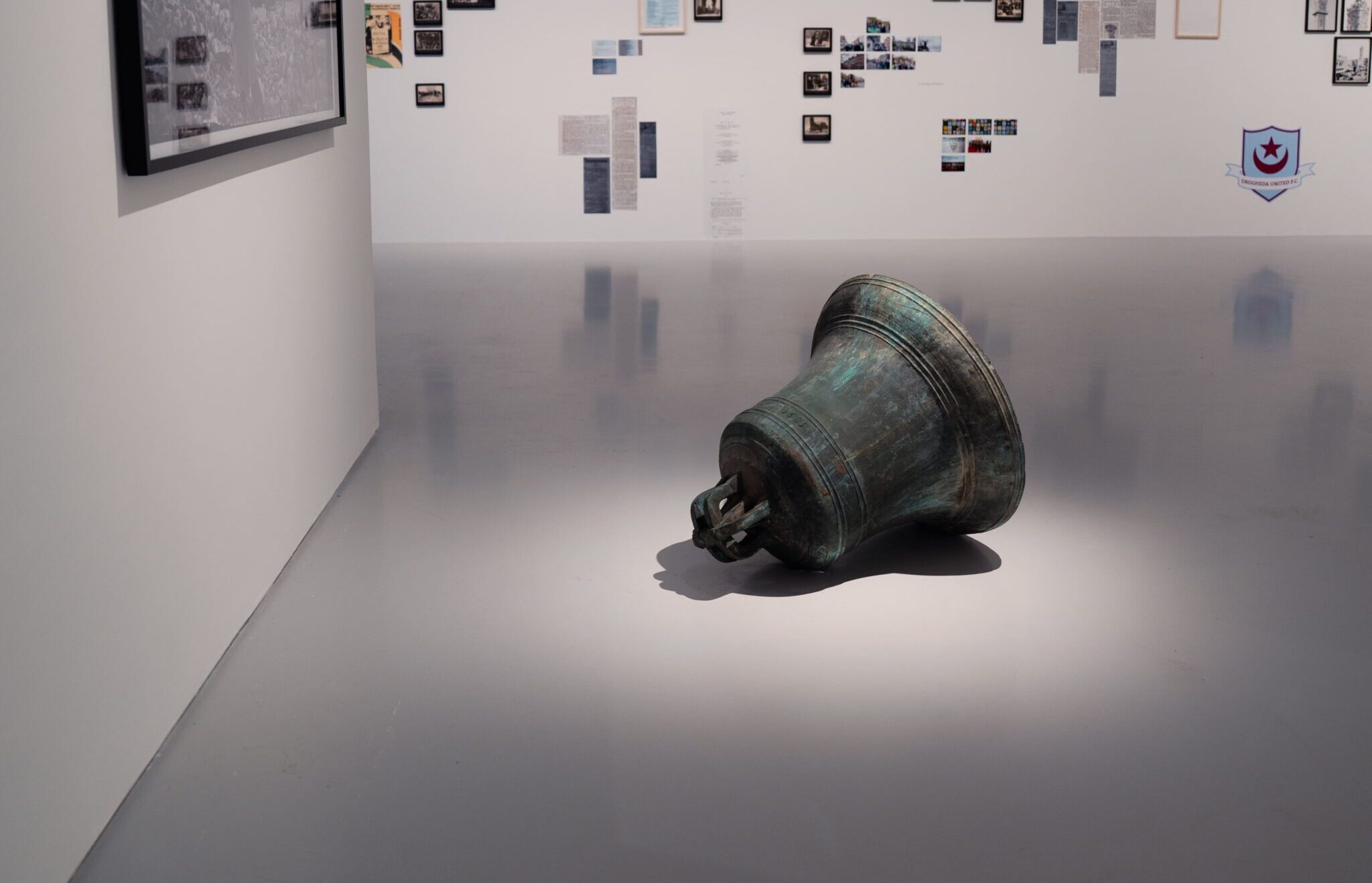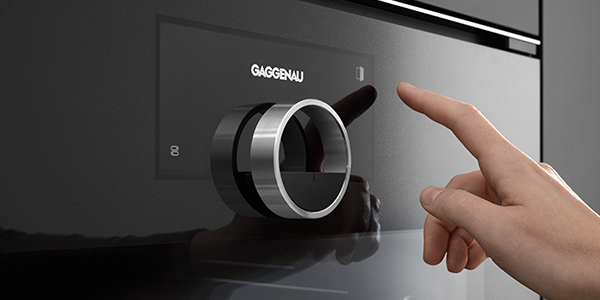We all have an uncle, aunt, or cousin in Germany. They bring gifts when they come to Turkey, and their children speak Turkish with an accent. They are both familiar and foreign.
Since the labor recruitment agreement signed in 1961, countless people have migrated from Turkey to Germany to work. In the early days, they were called “guest workers.” Over time, this guest status turned into an effort to build a permanent home in a foreign culture. Their process of integration into society clashed with that society’s ideas about the East. The concept of “adaptation,” which they did not need in the society where they were born and raised, became central to their lives. After more than sixty years, perhaps both they and the society they entered have changed. Now there is a generation that was born there and heard about migration from their parents and grandparents. Which homeland is sweet for them varies from person to person. Perhaps this dilemma does not have a correct answer.
Reflections of Migration in Art
This whole process affected art as it did every area of life. Migration, social norms, and conformity or nonconformity became frequently explored themes in art.

The exhibition “Süße Heimat” (Sweet Homeland) is about lives that have continued since 1961. During the same period, many workers from Turkey came to the Westfalen Ruhr region and the city of Ahlen to work in the Westfalen coal mine. After the mine closed in 2000, they remained in the city and became part of the community. For this reason, the Kunstmuseum Ahlen (Ahlen Art Museum) conducts studies and exhibitions examining artistic reflections on the experiences of immigrants.
The Süße Heimat exhibition, featuring sixteen artists, is a comprehensive exhibition about objects and memories left behind in the homeland, the difficulties of starting over in a foreign place, going back and forth between two cultures, and the prejudices encountered.
Hardships and the reality of migration
Halil Altındere has two works in the exhibition. The LED work Deutschland Süße Heimat (2019), which also inspired the exhibition’s title, is ironic, while Köfte Airlines, created using photomontage, depicts people crowded not inside but on top of an airplane, alluding to the migration of many refugees to Western Europe via Turkey in the 2015s, as well as the never-ending comings and goings of those who have migrated to Germany.

Şakir Gökçebağ’s work Teppiche (Carpets, 2011/25) focuses on the problem of harmony through artistic interventions in the familiar structure of carpets.
Hakan Savaş Mican’s video Souvenirs (2017) is about his mother, Gülsen Mican, who went to Germany as a migrant worker in 1972 and returned to Turkey in 1999, confronting the belongings she had accumulated in Berlin and reminiscing about those days.
In Servet Koçyiğit’s I Kissed a Bear (2015), a giraffe and a bear are lip to lip. However, the bear has to put poles on its legs for this. With this fragile auxiliary tool, which is suitable for this purpose, contact at eye level is only possible temporarily.
Caught in Between
Gülsün Karamustafa, who has three works in the exhibition, explores the theme of migration with her work Vatan doyduğun değil doğduğun yerdir (1994), featuring three spoons wrapped in white fabric that could be interpreted as bandages or shrouds.
The state of being caught between two cultures In her work National Anthems (2005), Nezaket Ekici depicts this by singing the lyrics of the Turkish national anthem to the melody of the German anthem, and the lyrics of the German anthem to the melody of the Turkish anthem.
Pınar Öğrenci’s Glück auf in Deutschland (2024) offers a critical perspective on the gaps in German historiography. Surprised to find no trace of the first generation of immigrant miners in Germany in the archives of the Ruhr Museum Essen, the artist gives them visibility by depicting their dangerous working conditions and daily lives.
The exhibition examines the struggles of people caught between two homelands to exist in a different society, focusing on the axes of assimilation-alienation, othering, and attempts to be recognized through stereotypes.
The exhibition Süße Heimat will be on display at Kunstmuseum Ahlen from November 15, 2025, to March 1, 2026.
Artists
Halil Altındere, İmran Ayata, Mehtap Baydu, Nezaket Ekici, Şakir Gökçebağ, Gülsün Karamustafa, Ekin Su Koç, Servet Koçyiğit, Bülent Kullukçu, Silvina Der Meguerditchian, Hakan Savaş Mican, Pınar Öğrenci, Cengiz Tekin, Güneş Terkol, Nil Yalter, Özlem Yenigül.

